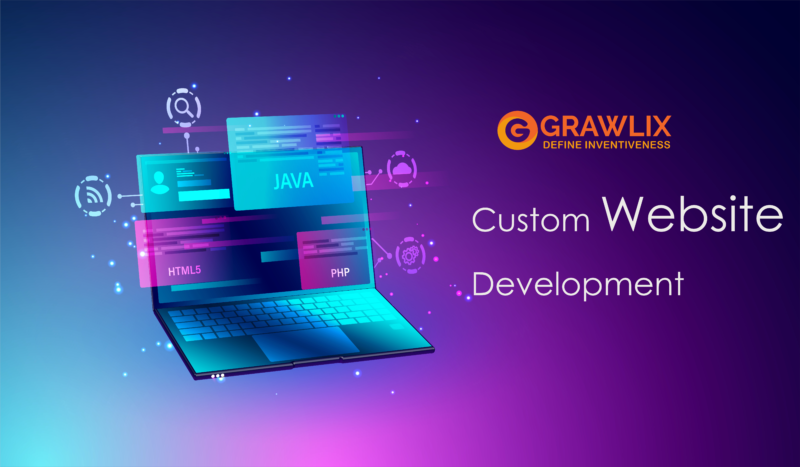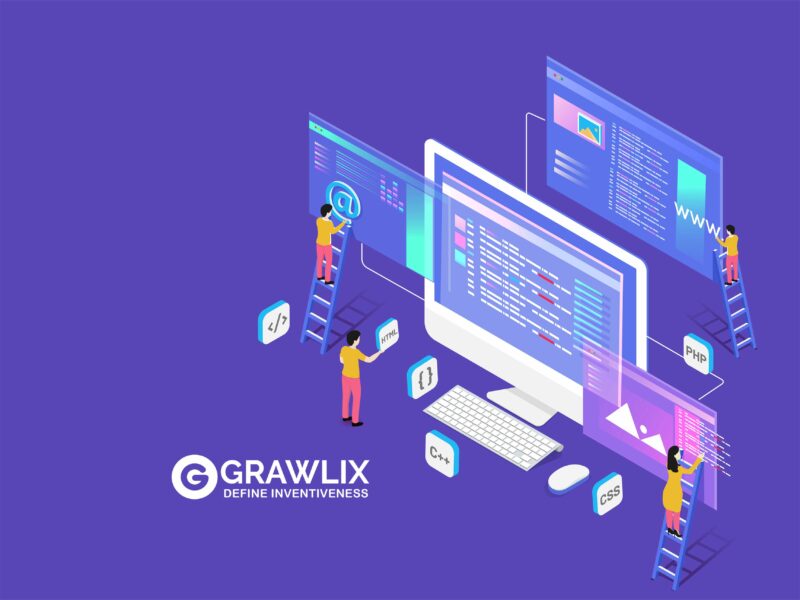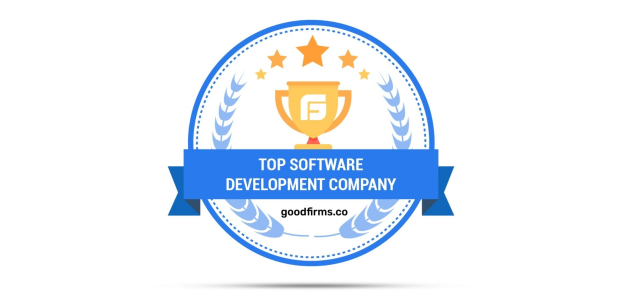
Mobile App Development, Web Design, Web Development
Learning Management System Requirements Checklist:
So you’ve made the decision to create your own learning management system. Because the global market for LMS is expected to reach $38 billion in 2027, making this option could be advantageous for you.
Perhaps you’ve already considered or even built a prototype for future LMS features. Consider checking the list of LMS criteria we’ve highlighted if you want to make sure you finish your project properly.
LMS creation prerequisites
A learning management system is a piece of software that saves learning content, assists users in delivering and receiving courses or training programmes, and allows instructors to keep track of their students’ progress.
Academic, business, and online learning platforms are the three most common types of LMSs.Before launching your learning management system, make sure that your product fits the requirements for learning management systems and that it meets the demands of your users.
Study the market
Market research is essential for developing a competitive product. You can design your unique value to stand out from your competition and win more customers by examining your target audience, competitors, and entry barriers.
Market analysis usually includes:
- Choosing customer demographics and segments,
- Identifying target audience,
- Understanding market needs,
- Competitors’ analysis,
- Learning barriers to entry.
Studying customer demographics and choosing segments
Entrepreneurs can use market size to see if they can create a long-term business in a specific area. Users (corporate and academic), deployment type (cloud-based, on-premises), and area can all be used to segment the LMS market (North America, Europe, Latin America, etc.).
The market size varies depending on the type of LMS you intend to create. The global corporate LMS market, for example, is expected to reach $7.57 billion by 2026, accounting for almost 20% of the whole LMS industry.
The coronavirus outbreak, on the other hand, encouraged e-learning use in the K-12 sector and universities, potentially increasing the market share of academic users. In terms of revenue generation, North America has the largest worldwide LMS market share.
Estimating the size of the market aids in the development of a viable business plan. We recommend adopting the SMART framework, which includes tools for developing an effective project strategy. Setting SMART goals allows you to evaluate your talents, clarify your thoughts, and set deadlines that are realistic.
Identifying target audience
Building a successful learning management system requires more than just market segmentation. Let’s say you want to make an LMS for academics. However, the term “academic user” is too broad to determine who your potential user is. It could be a student, a teacher, or a manager who has specific requirements for your next product.
Align your potential users and collect some information about them:
- age and gender,
- educational background,
- location,
- social class,
- yearly income,
- how they make purchases.
This information may come in handy when you analyze the customers’ pain points and needs and promote your LMS to them.
Understanding market needs
Modern software solutions are eager to add value to clients by resolving user issues and enhancing the customer experience. Examining your user’s pain spots and needs is the greatest method to do it. On forums and social media, you can look for information. Examine the feedback your competitors receive from potential customers.
You can even conduct a poll to learn about the challenges that your potential clients have when it comes to digital learning. You’ll be confident in establishing a platform that people desire to utilise if you think through a feature set for your LMS.
Competitors’ analysis
Companies who provide a solution similar to yours for the target demographic you wish to reach are your competitors. Examining the advantages and disadvantages of rivals will help you develop your value proposition, identify new segments, improve your marketing strategy, and differentiate yourself from the competition.
Barriers to market entry
The challenges you may face when entering the market are known as barriers to entry. Barriers might be natural (high initial cost), imposed by the government (regulation and permits), or erected by competing businesses (monopoly). When you deal with entrance barriers, you defend your company from new competitors.
Identify what functionality you’ll include
It’s time to choose your LMS feature after you’ve sketched out your target customer.
Begin by determining user roles. LMS is used by learners, instructors, and content creators, as well as administrators. User stories should be mapped based on the user role. A user storey is a narrative that depicts software functionality from the user’s point of view. User stories assist in providing a consistent user experience.
User stories help to create a consistent user experience, and user roles make data security easier to manage.
Don’t forget to incorporate features that fit with user requirements identified during market research. Here’s a list of features that any LMS should have, ranked by user needs:
- Content support system
- Personalized learning path
- E-learning management
- Mobile learning
- Social learning tools
- Assessment tools
- Analytics and reports
- Gamification
If you wish to update your current website or need a new one, get in touch with Grawlix. In addition to website design and development, we can also help you with application maintenance and support, custom web development, and even more.




